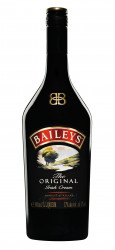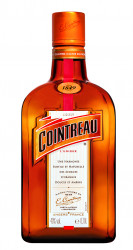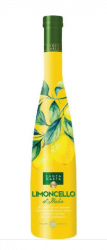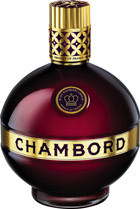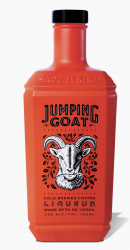Make some room in your cabinet for the flavour-filled world of liqueur.
A cocktail would be a much less exciting prospect were it not for liqueur. These sweet elixirs add intensity, flavour, texture and colour to your drinks repertoire. And the choices are vast.
By definition, a liqueur is an alcoholic drink using spirits as a base with the addition of sugar and other flavourings – think fruity, bitter, tart, spicy, chocolatey, creamy or nutty, which opens up some pretty tasty libation combinations.
While there’s a solid case for sipping a liqueur on its own or with ice, either with or instead of dessert, liqueurs really do shine in a cocktail. What would a Margarita be without Cointreau? A White Russian without Kahlúa?
Sweet Beginnings
Their history is a bit more therapeutic, dating back to concoctions made by monks in 13th-century Italy as remedies for various ailments. The French herbal liqueur of Chartreuse – thought to help a person “live a long life” – is still being produced today, created in 1737 by Carthusian monks in the French Alps. It’s purported to be made from 130 secret plants, barks, roots, spices and flowers.
Flavour Infusion
Liqueurs today are made in a variety of ways. Maceration or the infusion of ingredients in a base spirit are the most common methods – starting with anything from vodka to whisky, with the time spent macerating or infusing dependent on the liqueur. For maceration, fruit, nuts, flowers, roots and/or herbs are soaked and softened in the base spirit to absorb their flavours and essences.
Infusion is much the same, except heat is added to extract and incorporate the flavours. After the spirit is modified, it’s time for sugar (typically simple syrup or honey). Then it’s just a matter of waiting for all the flavours to incorporate and develop.
Liqueur Storage
The alcohol content of liqueurs can vary, with most sitting at the 15-30% ABV (Alcohol By Volume) mark, but there are examples as high as 55%. Every label or brand has differing recommendations for how to store, and refrigeration shouldn’t be necessary for anything over 20% ABV. Once opened, a liqueur should last for six months to a year, if not longer, depending on the alcohol content and preservatives. If you see sugar crystallising in the base of the bottle, it’s time to renew it. Discolouration and curdling also mean the liquid is past its best.
Sipping aside, liqueurs are also a fantastic addition to baking and desserts – Baileys ice cream sundae, limoncello sorbet, Crêpes Suzette (using triple sec or curacao), tiramisu with coffee liqueur… Get ready to unleash your sweet tooth and start creating colourful and flavourful concoctions with the wonderful world of liqueurs.
Want to learn more about spirits and liqueur? Click here.


